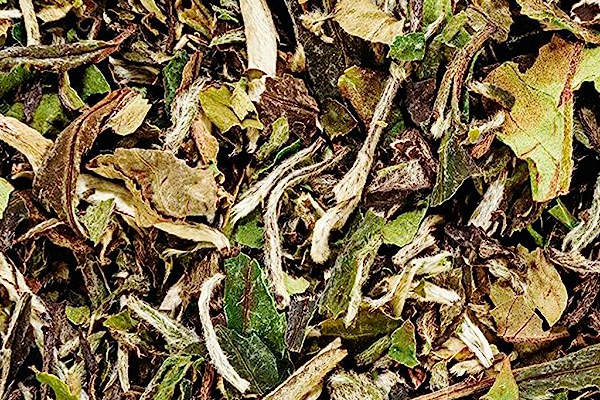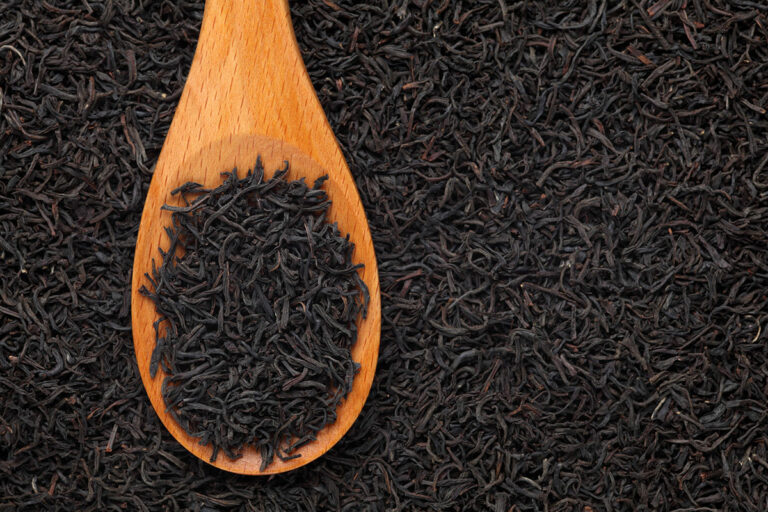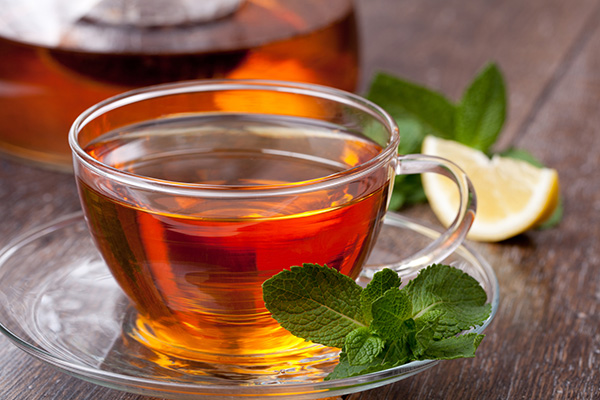How to Dye Fabric With Tea
Dyeing fabric with tea is an eco-friendly, cost-effective, and fun way to give new life to old textiles. The process is simple, requiring only a few supplies and some patience.
In this guide, we’ll walk you through the steps to dye your fabric with tea, as well as provide tips and tricks to achieve the best results.

The Benefits of Tea Dyeing
A Natural Alternative
Tea dyeing is a natural alternative to using harsh chemical dyes. Tea contains tannins, which bind to the fibers in your fabric and create a beautiful, earthy tone. This technique is perfect for anyone looking to experiment with sustainable fashion or DIY projects.
Versatile and Cost-Effective
Tea dyeing is also incredibly versatile, as you can use different types of tea for various shades and effects. Plus, tea is affordable and readily available, making this method an excellent choice for those on a budget.
Materials You’ll Need
Before getting started, gather the following supplies:
- Fabric or clothing to dye (preferably made of natural fibers like cotton, linen, or silk)
- Tea bags or loose tea (black tea for a darker shade, green or herbal tea for lighter shades)
- A large pot or container
- Water
- Rubber gloves
- A strainer (if using loose tea)
- Salt or vinegar (optional, to help set the dye)
Choosing the Right Fabric
For the best results, choose a fabric made of natural fibers, such as cotton, linen, or silk. Synthetic materials, like polyester or nylon, do not absorb tea dye as effectively and may result in uneven or faint coloring.
Preparing Your Fabric
Before dyeing, you’ll want to wash your fabric or garment to remove any dirt or residue. This step will help the tea dye adhere to the fibers evenly. If your fabric is new, it’s essential to remove any sizing or finish that could interfere with the dyeing process.
How to Dye Fabric with Tea
Step 1: Brew Your Tea
Begin by boiling enough water to submerge your fabric fully. Once the water has reached a rolling boil, remove it from heat and add your tea bags or loose tea.
The number of tea bags or tea leaves needed to dye fabric will vary depending on the desired shade and the size of your fabric or garment. Here are some general estimates to guide you:
- For a lighter shade: Use 4-6 tea bags or 2-3 tablespoons of loose tea per quart (approximately 1 liter) of water.
- For a medium shade: Use 8-12 tea bags or 4-6 tablespoons of loose tea per quart (approximately 1 liter) of water.
- For a darker shade: Use 16-20 tea bags or 8-10 tablespoons of loose tea per quart (approximately 1 liter) of water.
Keep in mind that these numbers are just a starting point, and you may need to adjust the amount of tea depending on your specific project and desired outcome. It’s always a good idea to test a small swatch of fabric first to ensure you’re satisfied with the color before dyeing your entire piece.
Allow the tea to steep for at least 20 minutes, but feel free to let it sit longer for a more concentrated dye. If you’re using loose tea, strain the tea leaves out once the desired strength is reached.
Step 2: Prepare Your Dye Bath
Pour the brewed tea into a large pot or container, making sure there’s enough room for your fabric to move around freely. For a more even dye, add a pinch of salt or a splash of vinegar to the dye bath. This step is optional but can help set the dye, especially if you’re working with a fabric that doesn’t absorb dye well.
Step 3: Soak Your Fabric
Submerge your clean, damp fabric into the dye bath. Use a spoon or a gloved hand to stir the fabric, ensuring it’s fully saturated with the tea dye. Keep the fabric submerged for a minimum of 30 minutes, but for a darker shade, you can leave it in for several hours or even overnight.
Step 4: Rinse and Dry
Once you’ve achieved the desired color, remove the fabric from the dye bath and rinse it thoroughly under cold water until the water runs clear. This step will remove any excess dye, preventing it from transferring to other surfaces.
After rinsing, gently wring out the fabric to remove excess water. You can either air-dry the fabric by laying it flat or hanging it up, or use a tumble dryer on a low setting. Keep in mind that air-drying may result in a more even color, while using a dryer may cause the fabric to shrink.
Step 5: Wash and Care
Before using or wearing your newly dyed fabric, you’ll need to wash it separately from other items to ensure that any remaining dye doesn’t transfer. Use a gentle detergent and cold water for this initial wash.
For future care, always wash the dyed fabric with similar colors to maintain its vibrancy. Over time, the color may fade slightly, but this will add to the unique charm of your tea-dyed creation.
Tips and Tricks for Tea Dyeing
Experiment with Different Teas
Each type of tea will produce a different shade on your fabric, so don’t be afraid to experiment with various teas to achieve the color you want. Black tea will typically give a deeper, warmer tone, while green or herbal teas may produce lighter, more subtle hues.
Test a Swatch First
Before dyeing an entire garment, consider testing a small swatch of fabric or an inconspicuous area to ensure you’re happy with the color and intensity. This step will allow you to adjust the tea-to-water ratio or soaking time as needed.
Create Patterns and Designs
You can use the tea dyeing method to create interesting patterns and designs on your fabric. Try folding, twisting, or tying the fabric with rubber bands or string before dyeing to achieve unique effects. Experiment with different techniques to create your own one-of-a-kind textile.
Conclusion
Tea dyeing is a natural, affordable, and creative way to update your wardrobe or home textiles. By following the steps outlined in this guide, you can transform your fabric with the beautiful, earthy hues of tea. Remember to have fun and experiment with different teas and techniques to make your tea-dyed creation truly unique.






